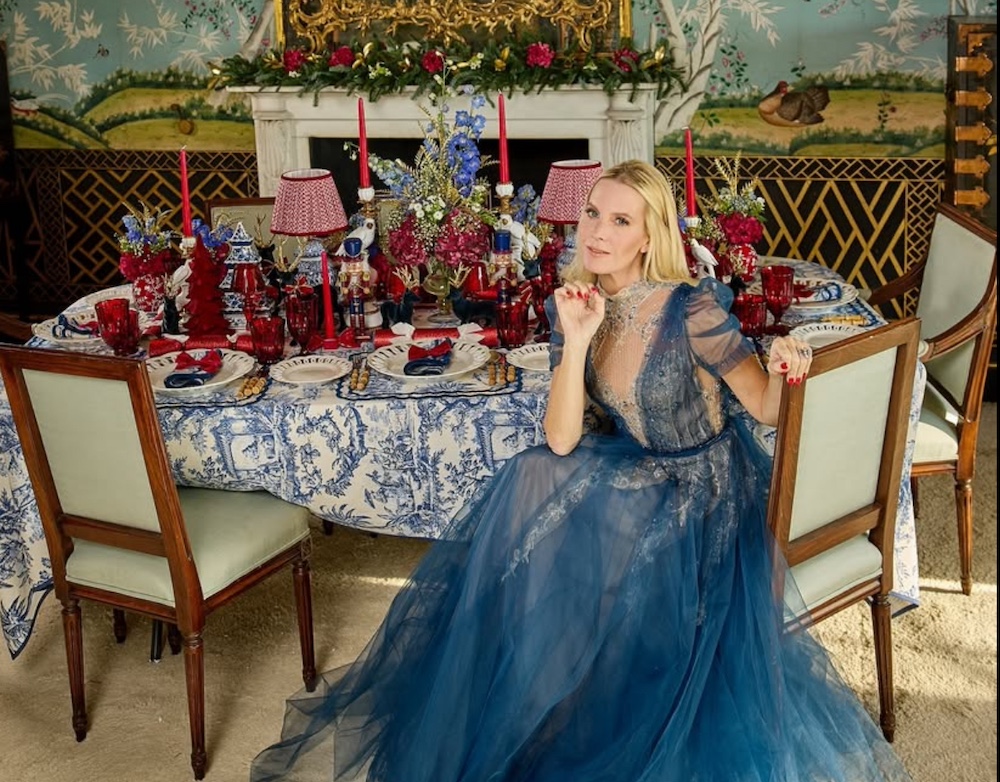2025 is seeing my Instagram influencer obsession evolving. My Instagram (@aderbyshirelife) might suggest I’m not an influencer, but that doesn’t mean I’m immune to the allure of a well-placed recommendation. A certain sequin off-the-shoulder gown is living proof – though it’s yet to make it out the bag.
However, as I gracefully age, my follow list is becoming much more curated. I’m ditching the noise and seeking genuine connections – people who spark joy, don’t grate on my nerves, and generously invite me into their world.
Right now, I’m loving:
- @mrsalice: The elegant Alice Naylor-Leyland, founder of @mrsaliceshop, brings a touch of magic to my feed.
- @stvn_j.hwrd: Local Ashbourne gardener Steven Howard proves that personality shines online – and offers serious garden envy.
- @lornaluxe: Lorna, founder of @l_a_space, is a refreshingly honest northerner exploring the fashion and beauty world – and taking us along for the ride.
So, where is the world of influencing heading? My Instagram habits seem to reflect a larger trend: we’re all becoming more discerning about who we follow and what we consume.
The Future of Influence: It’s Not Just a Pretty Picture Anymore
Influencer marketing is evolving beyond simple shout-outs. Brands are recognising its power and investing heavily. A staggering 76% of C-suite executives plan to increase their influencer marketing budgets in 2025, according to recent studies. This isn’t just a tactical shift; it’s a fundamental change.
The Full-Funnel Approach
The days of solely focusing on brand awareness are fading. Influencer marketing is now a valuable touchpoint throughout the entire customer journey. While some marketers still prioritise brand lift, the ability of influencers to drive conversions and build loyalty is undeniable. Influencer marketing is not just broadcasting; it’s a powerful sales lever. Just look at TikTok, where a reported 78% of shoppers discover products through influencers.
Platform Diversification
The influencer landscape is exploding beyond Instagram. While TikTok’s massive user base and engagement make it a strong contender, other platforms are vying for creator attention. Just look at the explosion of monetisation options across platforms like Meta, TikTok, and Snap – it’s a creator gold rush.
This platform diversification means influencers are expanding their reach. Platforms like Substack and YouTube Shorts are experiencing impressive growth, and let’s not forget the podcast boom. With over six million podcasts and growing listenership, this medium is far from dead.
Creators vs. Influencers: A Growing Divide
The distinction between “influencer” and “creator” is becoming increasingly important. While the terms were once used interchangeably, they now represent different strengths.
- Influencers: These are the “personalities with content,” often celebrities in their own right. Their power lies in driving brand awareness. Think Molly-Mae or Kylie Jenner.
- Creators: These are the “content with personality,” known for what they do rather than who they are. Think Amelia Dimoldenberg (Chicken Shop Date) or Sean Evans (Hot Ones). Creators excel at driving conversions. Consumers are more likely to purchase from a brand partnered with a creator they admire.
The influencer marketing landscape is constantly changing. Staying informed about these trends is crucial for both brands and creators alike. The sequin gown may be gathering dust, but my fascination with the world of influence is just getting started.
Visit me on LinkedIn.
Read more of my blogs.

